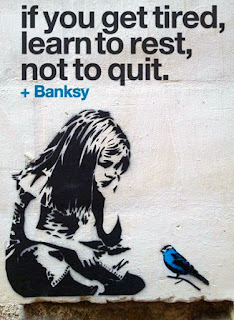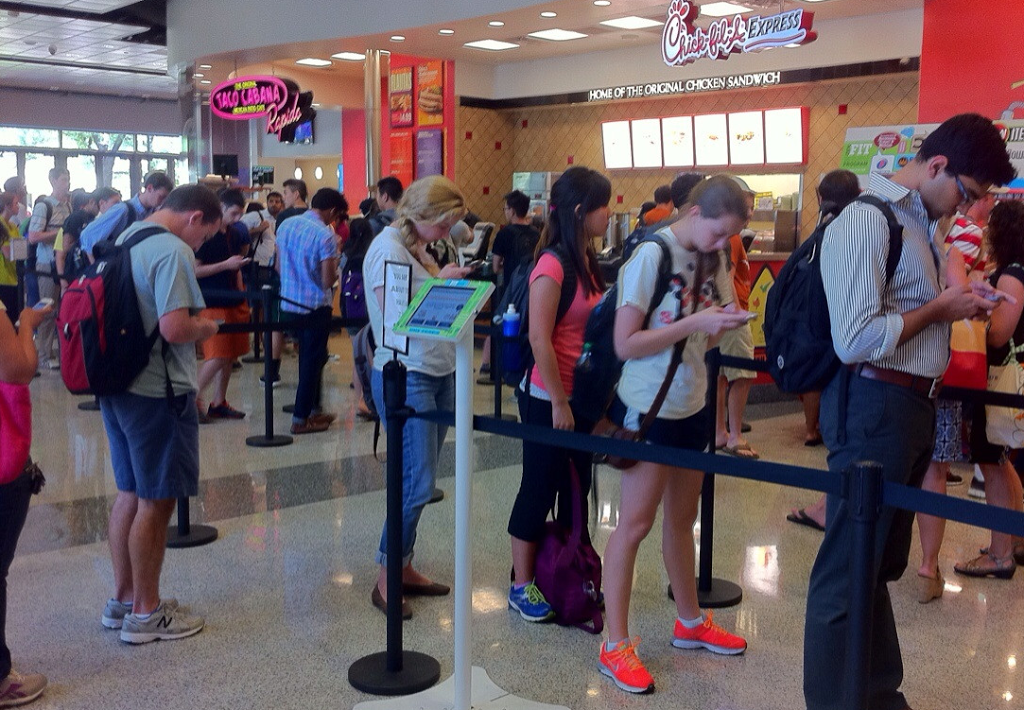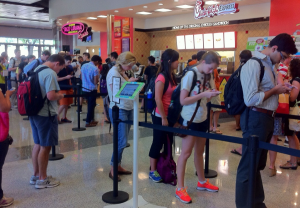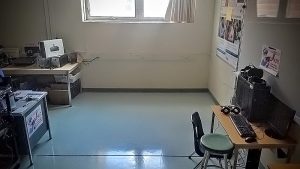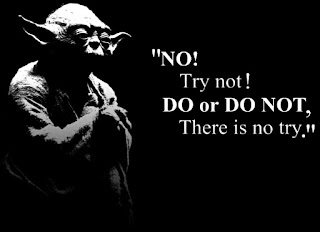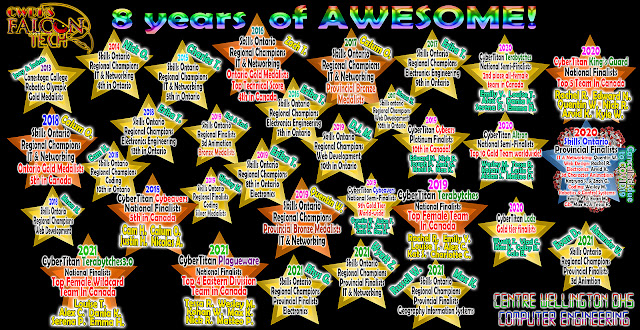One Whacky Timeline:
12:46am our time: worst earthquake in Japanese history happens.
1:55am Fri Mar 11: woke up before the alarm and got ready. 3.5 hours of sleep, not bad.
2:30: On way with Roy by 2:30,on way to get Oliver
3:00: in Guelph, on our way to Pearson
4:00: at Terminal 1 meeting students and parents
4:30: printing tickets and checking luggage. No one has a phone because we’re all worried about horrific stories of cell phone charges from overseas trips
5:30: lined up in customs (no cell phones allowed anyway)
6:15: cleared customs with front end students, got food, went to the departure gate. The United Airlines floor manager is there. He had seen our group on the computer and had gotten out front, trying to find out if flights are still going in and how bad things are.
6:45: Our Narita plane is enroute to San Francisco (SFO) and will be ready to return when we land. We get on the Toronto to San Fran flight because of this.
9:30: Enroute, our (fantastic) flight attendant was on the radio to SFO, they confirmed that Narita is receiving flights, the damage is localized in the north.
Notes from the plane:
Rumours of an earthquake/tsunami in the ticket line – one agent said we were crazy to be taking kids into that, thought she was talking about the quake from a couple of days ago.
Through ticket line and into big customs line, cleared customs, got most expensive food ever and got to the San Francisco flight to see the CBC news images of the tsunami hitting North East Japan. Seemed terrible. Talked to the floor manager who was already there to intercept us knowing our final destination.
At 7am, Narita was open for flights and we were ok to board for the SanFran flight, so we did.
About 2 hours into the flight the attendant came up and told us that our plane wasn’t there. Unclear information about what’s happening and no access to news.
About an hour later, he came back to say our connecting plane made it out of Osaka and would be there for us in SanFran. It’s currently 11:47, about 4.5 hours into the first flight and above the Rockies. Currently we believe that Tokyo is open, Narita is open and we have a plane to take us there. Damage was mainly due to tsunami along the North East coast, and we are heading south after the Tokyo days at the beginning.
Will write again when we’re on the ground and know more. Will try to contact school with updated info (get on wireless in SFO).
12:50 (9:50local): We land in SFO and head over to the international gate immediately to find out what’s going on. The 747 is fueled and ready to go, Narita is receiving planes, no information whatsoever on damage in Tokyo, other than that the mass transit had been closed for several hours and is now operating again.
1:15 (10:15local): Finally get in touch with our tour group – they have been contacted by the board and we are being recalled. Students very disappointed, tears in the airport. We’re trying to balance keeping them on their feet and working out what we’re supposed to be doing now (we’re told we’re flying back, but no one at the airport knows anything about this).
1:45 (10:45local): We have a return flight in 2 hours. I call my wife, Alanna and my VP, Francis and get some clarity. Then I take some students to eat (the flight to SFO did not include a meal – the return flight didn’t either).
3:00 (12pm local): We’re at the departure gate of the return flight trying to get tickets printed. Computers aren’t cooperating, general confusion, but it finally gets worked out and we get the tickets.
4:00 (1pm local): we’re on the return flight getting ready to depart.
9:00pm: landing at Pearson. Clear customs immediately (unlike US customs, Canada customs actually hires enough people to process passengers in less than two hours).
9:30pm: parents pick up students and we stand there stunned.
Notes:
Watching the news Saturday morning, I have no doubt that Northern Japan around Sendai is a disaster. We weren’t going there, but many people think of Japan as one place. If you heard that there was severe flooding in Montreal, would you not fly to Toronto that day?
We tried to act on facts relevant to what we were doing and where we were going. I wish we’d have had more and earlier contact with the tour group, but we were trapped in US customs, surrounded by ABSOLUTELY NO CELL PHONES USE signs, for the better part of 2 hours right when we needed to be in contact with them. Had we been enjoying the efficiency of Canada customs, we probably would never have gotten on the first flight to SFO.
The lack of cell phones on the trip because of all the travel horror stories didn’t help. Don’t know that cell phone access would have helped, but we’re more likely to be able to do this than we are able to ask US customs at Pearson airport to actually respond to the busiest travel day of the year by opening up all of their stalls (less than half were open, the line went on for ever). Their indifference was staggering.
The news is sensational. Watching it the day after, the same pieces of the most exceptional footage. If I see one more stunned English teacher in Tokyo throwing around terms like “melt down” as if they know what they’re talking about, I’m going to pop. People keep saying 3 Mile Island or Cherynoble – two nuclear disasters caused by incompetence and poor management. What you’re seeing here is just how resilient and safe nuclear plants can be. These were hit by a freaking tsunami and one of the largest earthquakes in history, and they are contained, and any flooding and damage will be managed with Japanese efficiency. I really wish the news would stop skyping with wild eyed idiots with no background or knowledge of nuclear power generation and taking their sketchy opinions as fact, just because they live in Japan.
I suspect that in the next week, this will fall out of the 24 hour news cycle, when that happens no one will care any more. The nuclear plants are locked down and cooling, the damage up north is surreal, but it will get sorted out. I’ll be really surprised that if, in a week or two, Japan isn’t normalized and life in 95% of the country isn’t back to normal.
The field trip being recalled was the right move. You don’t bring other people’s children into such uncertainty. Ultimately, some students, many of whom hadn’t traveled internationally, got the chance to cross the continent, and return. Students were miserable, but perhaps learned the greatest life lesson: through no fault of your own, sometimes, circumstances will take from you what you most want. Learning how to deal with will be one of the most valuable things they ever learn.


